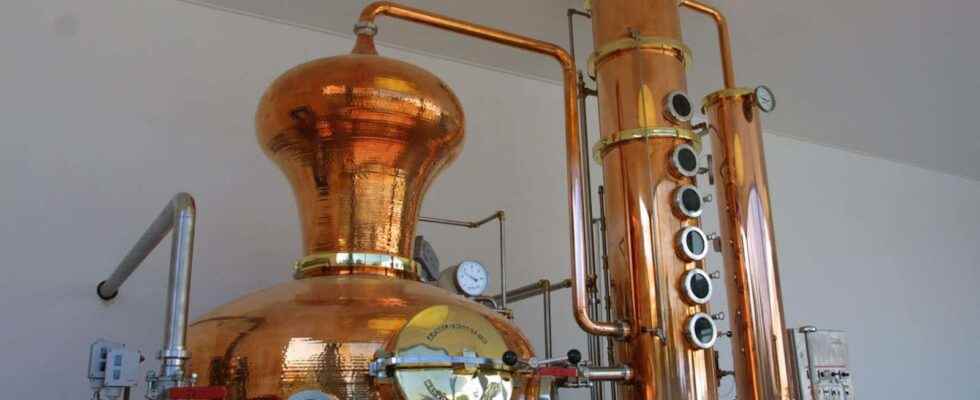A still is a device used for distillation, that is to say the separation by heating and then cooling substances such as alcohol, essential oils or certain pharmaceutical products.
History of the still
The term still comes from Arabic, but traces of distillation were found in Mesopotamia and Egypt around 3,000 BC, for medicinal purposes and to create bases and perfumes. We also find distillation jars, ancestors of the still, in China at the time of the Han dynasty. The still itself would have been invented in VIIIe century by an alchemist of Arab or Persian origin – called Jâbir ibn Hayyân and known in the West as Geber – then used for the manufacture of alcoholic beverages. The first distilled drinks were made from substances made from sugar (grape for brandy, honey for mead). They were originally intended for therapeutic use.
How a still works
The still is based on the principle of distillation in which the difference in boiling temperature of two liquids to separate them by heating then condensation. It is also used for the extraction of dry matter (flowers, herbs …) by the passage of water vapor.
A still consists of four parts:
- the body, or retort, placed in a water bath or directly on the foyer, contains the liquid to be distilled;
- the marquee, which covers the body, is provided with a column where the vapor rises;
- the gooseneck, a cylindrical tube which leads the vapors to the condenser;
- the condenser (or coil), a helical tube on which the vapors condense thanks to the liquid circulating around.
There are stills of different shapes and sizes. Many improvements have been made over time. Historically, a container made of copperbecause the latter removes unwanted sulfur compounds from alcohol.
The traditional still, composed of a single heated chamber, allows only one condensation and gives incomplete separation. Other stills, equipped with several stages, allow a better purification of the most volatile component.
Uses of the still
- perfumery: extraction ofessential oils and hydrosols;
- distillation of alcohol from fermented fruits or vegetables;
- pharmaceutical industry: water purification for drugs, aromatherapy.
Interested in what you just read?
.
fs4
